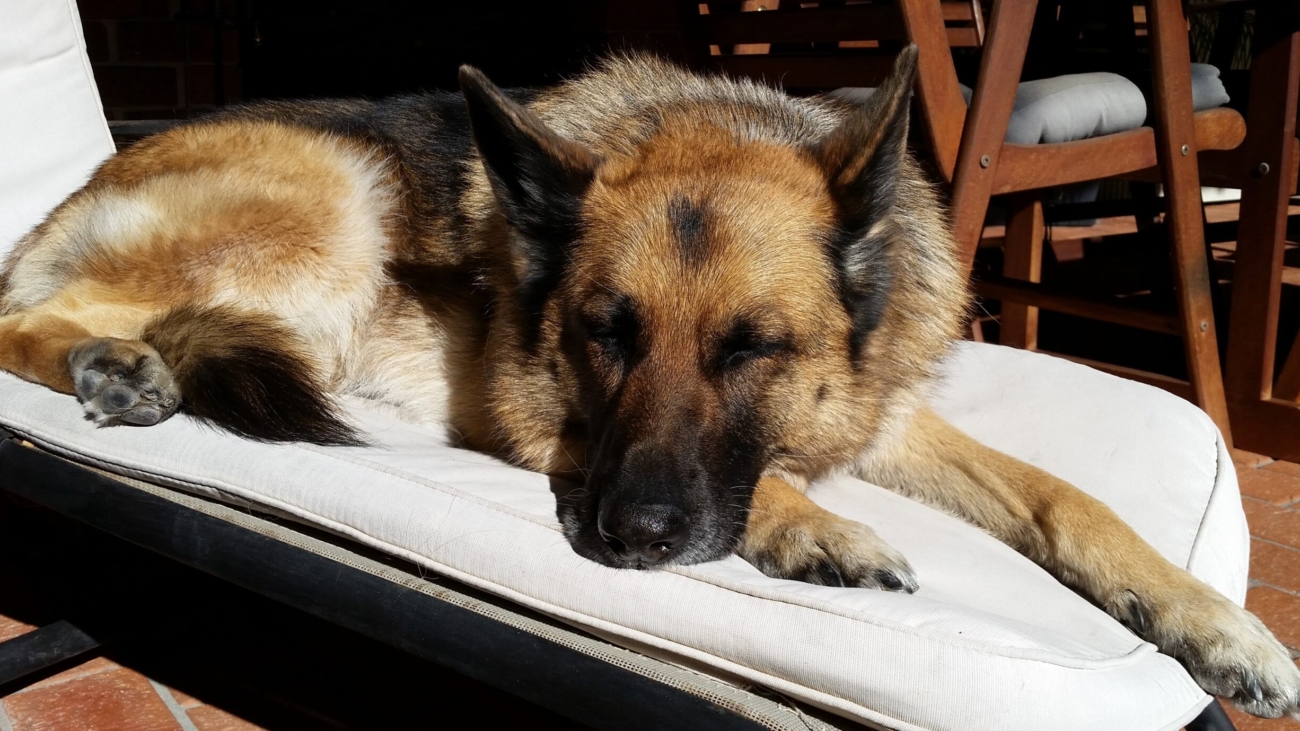Hi Everyone.
I have had a few people ask me my opinion on the Dr Lisa Miller’s paper on PBM for Canine Degenerative Myelopathy.
The paper, one of many reviewed by Drs Millis & Bergh, was given this accurate if rather terse summary:
‘A study of laser use in treating degenerative myelopathy did not have a control group (comparison to a historical control group was used), had other confounding factors that may have influenced the results, and the laser dose used to compare Class III and Class IV lasers was not the same. The risk of bias for the study came in as high.
In fairness to the paper, despite it being from a competitor company-I don’t think we should dismiss Dr Miller’s findings based on the above reasons.
To put the comments into context: Drs Millis & Bergh had undertaken a systematic literature review in general for PBMT and found gaps in the scientific documentation. Conflicting study results and unclear application for clinical use are explained by the wide variety of treatment parameters used in the analysed studies, such as wavelength, laser class, dose, and effect, as well as the frequency and duration of treatment. Some beneficial effects have been reported during treatment with light therapy; however, the published studies also have limited scientific quality regarding these therapies, with a high or moderate risk of bias. Although some beneficial effects were reported for light therapy, the studies also had limited scientific quality regarding these therapies, with a high or moderate risk of bias.
In general, I would have to agree with Dr Millis and Dr Bergh’s findings on most of the clinical papers out there in the PBMT field. The standard of publishing for PBMT is nothing like the ring mill the AVJ or EJFM etc puts you through to get a veterinary paper published with them.
Pure Science Research PBM papers focused at the cellular level, however, do tend to hit a higher standard.
So where does that leave us with Dr Miller’s paper?
1)Tacit Knowledge: What you know from being in the field, not from a textbook.
Our own knowledge of using our PBM machine on German Shepherd Myelopathy is that the therapy does work. The therapy should be added as an adjunct therapy-it doesn’t replace Megaderm, Denosyl, NSAIDS, Rehab, etc but PBMT alone, delivers about 70% of the total successful response.
2)Scientific Knowledge.
We know CDM disease is a mitochondrial-based disease with superoxide dismutase1 mutation being the fault line.
We know PBMT targets mitochondria very efficiently.
We know muscles and nerves have a high mitochondrial load.
Therefore PBM therapy has a natural scientific ‘in’ or ‘back door’ to this disease.
Conclusion. The findings of Dr Miller’s paper are worthy of application in general practice.
Reading list.
- Miller, L.A.; Torraca, D.G.; De Taboada, L. Retrospective observational study and analysis of two different photobiomodulation therapy protocols combined with rehabilitation therapy as therapeutic interventions for canine degenerative myelopathy. Photobiomodul. Photomed. Laser Surg. 2020, 38, 195–205. (Attached above)
- Canine degenerative myelopathy: a model of human amyotrophic lateral sclerosis Raffaele Nardone
et al . PMID: 26432396 DOI: 10.1016/j.zool.2015.09.003
- Mitochondrial dysfunction and amyotrophic lateral sclerosis
Isabel Hervias et al . Muscle Nerve 2006 May;33(5):598-608. PMID: 16372325 DOI: 10.1002/mus.20489
- Pre-exercise low-level laser therapy improves performance and levels of oxidative stress markers in mdx mice subjected to muscle fatigue by high-intensity exercise. Paulo De Tarso et al. Lasers in Medical Science30(6) 1007/s10103-015-1777-7
- Evaluation of inflammatory biomarkers associated with oxidative stress and histological assessment of low-level laser therapy in experimental myopathy
Natalia Servetto et al lhttps://doi.org/10.1002/lsm.20910
- Low-level laser therapy (LLLT) prevents oxidative stress and reduces fibrosis in rat-traumatized Achilles tendon Fillipin L. et al. https://doi.org/10.1002/lsm.20225.
- Millis D, Bergh A. Systematic Review A Systematic Literature Review of Complementary and Alternative Veterinary Medicine: Laser Therapy. Animals 2023. 14;13(4):667.doi:10.3390/ani13040667

